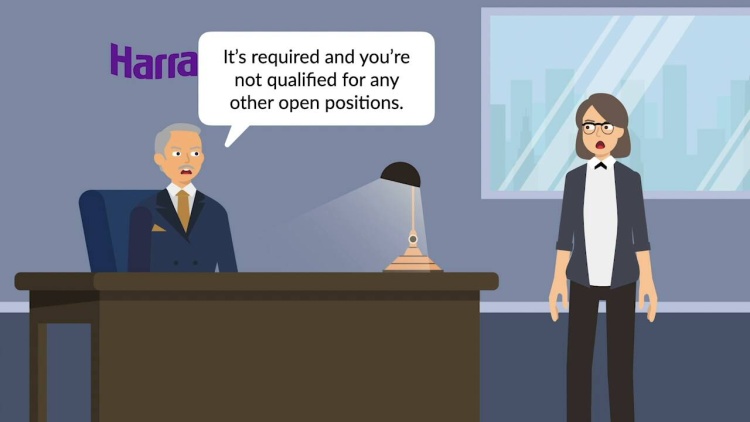Jespersen v. Harrah’s Operating Company, Inc.
United States Court of Appeals for the Ninth Circuit
444 F.3d 1104 (2006) (en banc)
- Written by Nan Futrell, JD
Facts
Darlene Jespersen (plaintiff) worked as a bartender at a casino owned by Harrah’s Operating Company, Inc. (Harrah’s) (defendant). During the 20 years Jespersen worked for Harrah’s, the company had an informal policy of encouraging female bartenders to wear makeup, but the policy was not enforced until 2000. That year, Harrah’s instituted new grooming-and-appearance standards for all employees at 20 of its casinos, including Jespersen’s place of employment. The standards, known as the “Personal Best” program, were mostly gender-neutral; for example, the standards required a standard dress uniform that applied equally to both sexes. Several months after adopting the Personal Best program, Harrah’s amended the policy to require female employees to wear makeup. Jespersen sued Harrah’s, alleging that this makeup requirement imposed an undue burden on female employees, because it took more time and money to wear makeup, and that the policy created a per se, prima facie case of sex-based discrimination in violation of Title VII of the Civil Rights Act of 1964 (Title VII). Jespersen argued that this prima facie showing required Harrah’s to prove that its makeup requirement was a bona fide occupational qualification. Based on the record before it, the district court granted summary judgment for Harrah’s. Jespersen appealed.
Rule of Law
Issue
Holding and Reasoning (Schroeder, J.)
Dissent (Pregerson, J.)
Dissent (Kozinski, J.)
What to do next…
Here's why 899,000 law students have relied on our case briefs:
- Written by law professors and practitioners, not other law students. 47,000 briefs, keyed to 994 casebooks. Top-notch customer support.
- The right amount of information, includes the facts, issues, rule of law, holding and reasoning, and any concurrences and dissents.
- Access in your classes, works on your mobile and tablet. Massive library of related video lessons and high quality multiple-choice questions.
- Easy to use, uniform format for every case brief. Written in plain English, not in legalese. Our briefs summarize and simplify; they don’t just repeat the court’s language.





